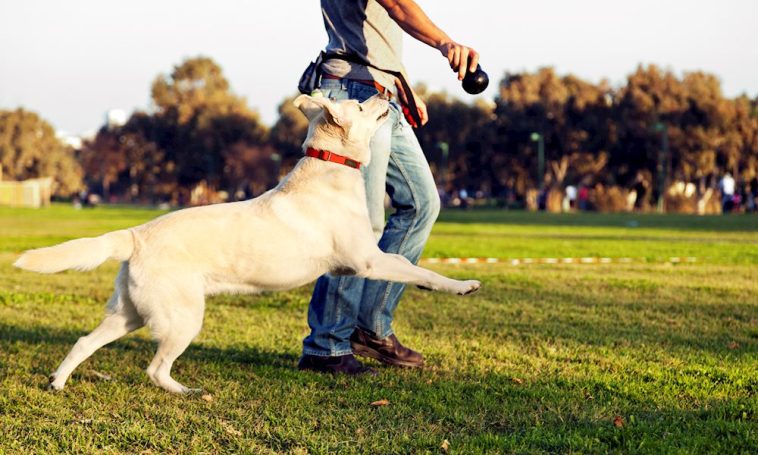Energy Dosage: How Much Exercise Your Dog Needs Daily
The right amount of exercise is essential to keeping your dog healthy, happy and balanced. However, there is no one-size-fits-all approach that fits all dog breeds and sizes. In this article, we’ll explore how to determine your dog’s exercise needs and offer general guidelines for keeping them in top physical and mental shape.
1. Considering Breed and Size:
Dog breeds and sizes vary considerably in their exercise needs. Active breeds, such as Border Collies or German Shepherds, may require more activity than smaller, more relaxed breeds. Consult your veterinarian to determine your dog’s specific needs based on his breed and size.
2. Age and Energy:
Age also plays a crucial role. Puppies and young dogs typically have higher energy levels and need more activity to burn off that excess vigor. Older dogs may require gentler but still important exercises to maintain mobility and overall health.
3. Appropriate Activities:
Physical activities vary, and some are more intense than others. Regular walks, playtime in the yard, training sessions and interactive games can be part of a balanced exercise regimen.
4. Observation of Signs of Fatigue:
Observe your dog during and after exercise for signs of fatigue. If he shows signs of exhaustion, such as limping, heavy breathing, or lack of interest in the game, he may be exercising too much. Adjust the intensity and duration accordingly.
5. Daily Routine:
Establishing a daily routine is essential. Dogs benefit from consistency, and knowing when to expect physical activities provides them with structure and security. This may include morning and afternoon walks, along with interspersed play and training time.
6. Toys and Mental Stimulation:
In addition to physical exercise, provide toys that stimulate your dog’s mind. Interactive toys, dog puzzles, and training sessions are effective ways to drain your pet’s mental and physical energy.
7. Adaptation to Changes:
Keep in mind that exercise needs may change over time. Changes in health, age, or environment can affect the optimal amount of activity your dog needs. Adjust your routine accordingly.
8. Consult with the Veterinarian:
It is always advisable to consult with your veterinarian to determine your dog’s specific exercise needs. Some breeds may have health conditions that affect their ability to perform certain types of activity, and a professional can offer personalized guidance.
In short, the amount of exercise a dog needs per day varies depending on several factors. By observing your dog’s cues, adjusting the routine based on his individual needs, and consulting with your veterinarian, you can keep your furry companion in optimal physical and mental condition.



